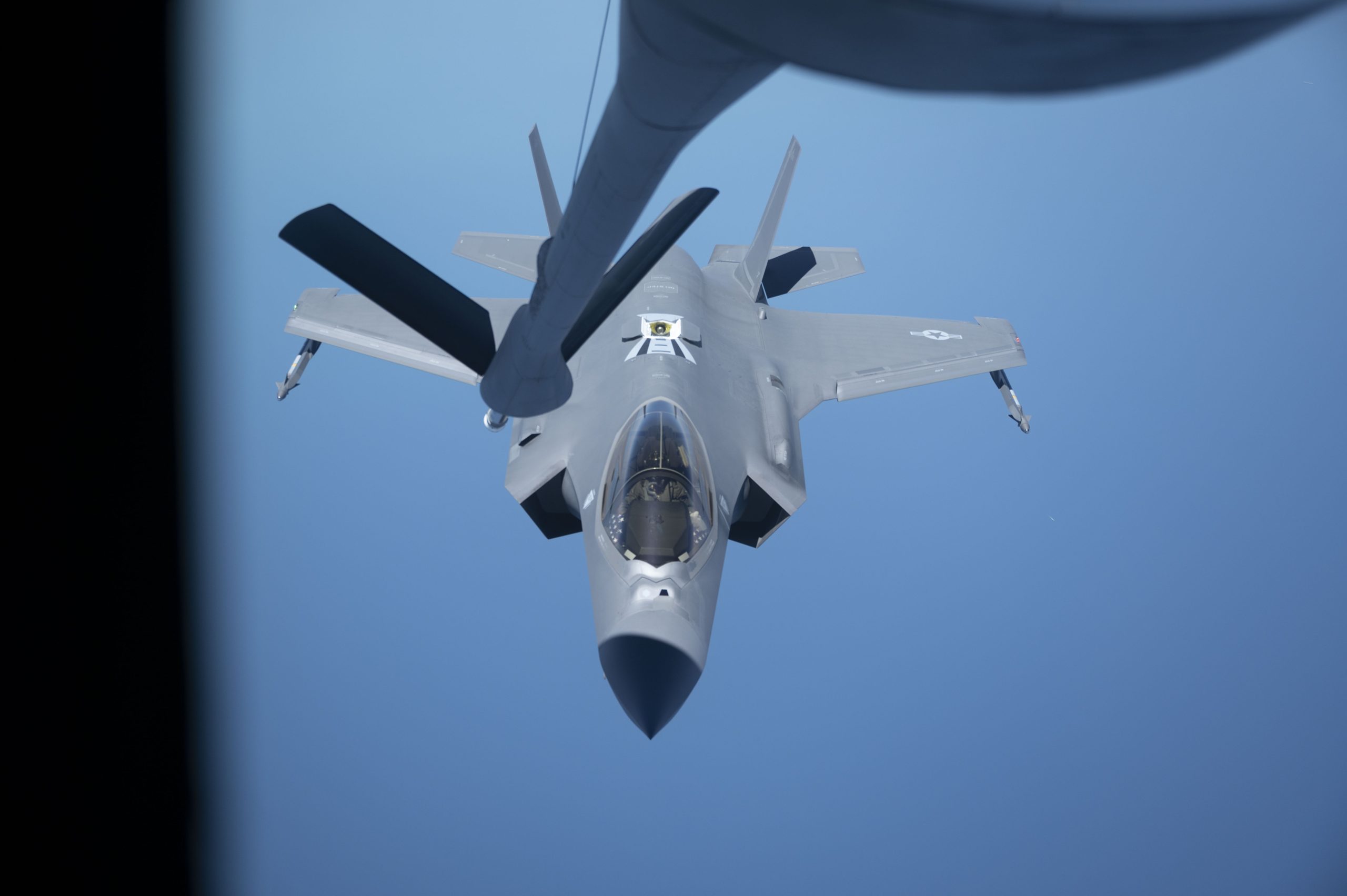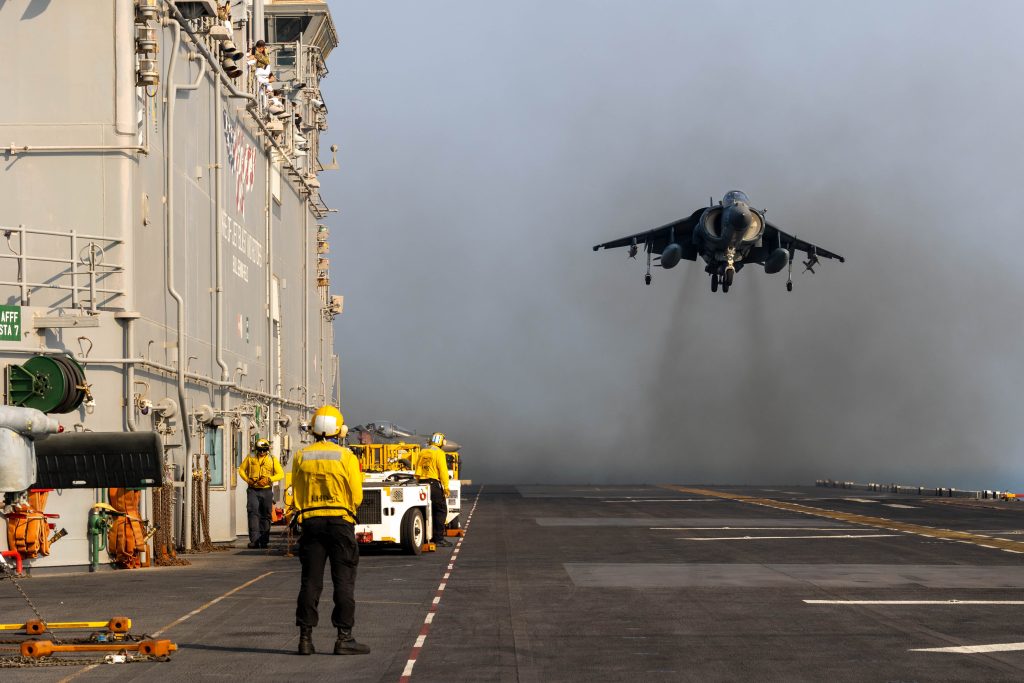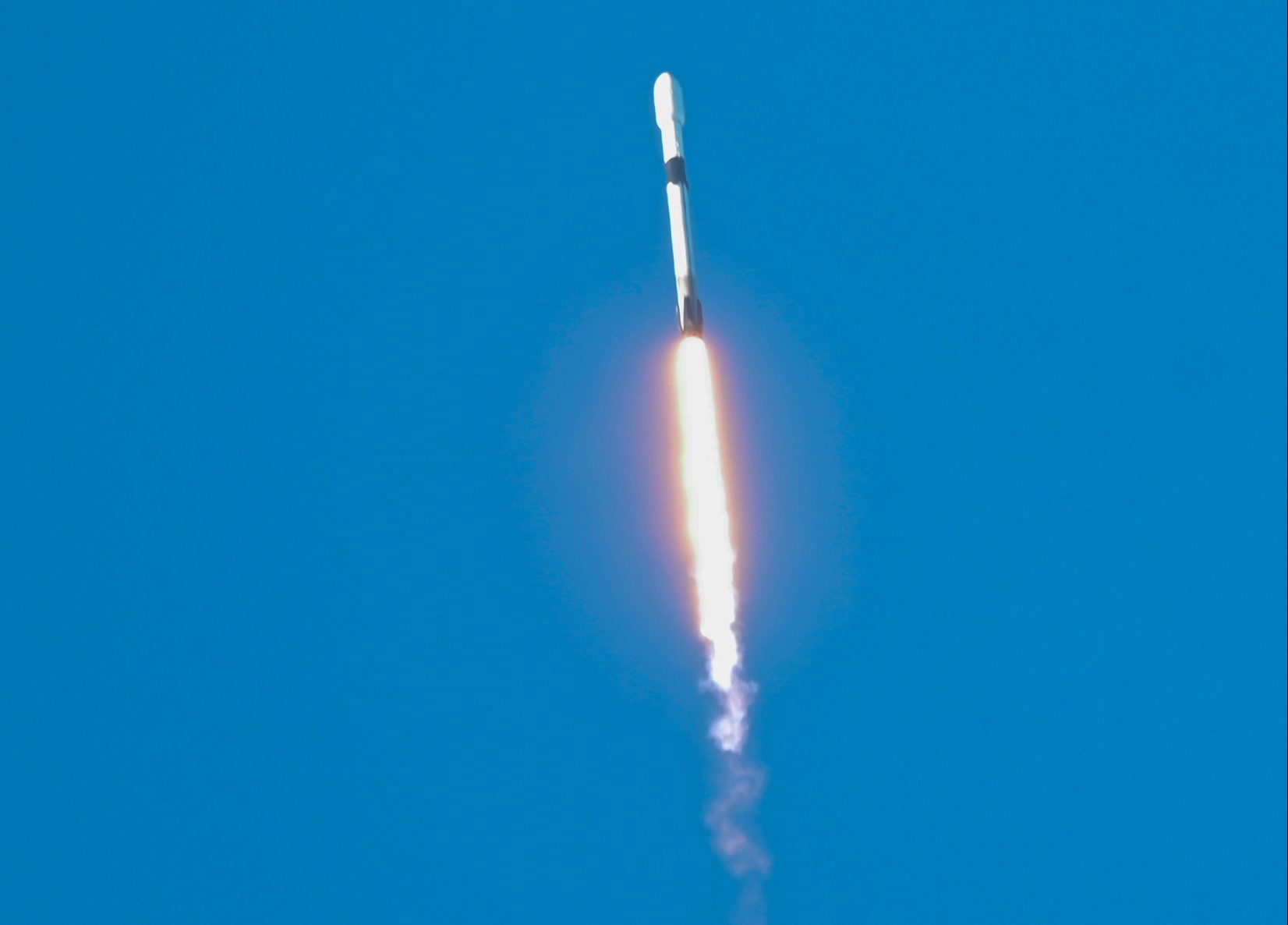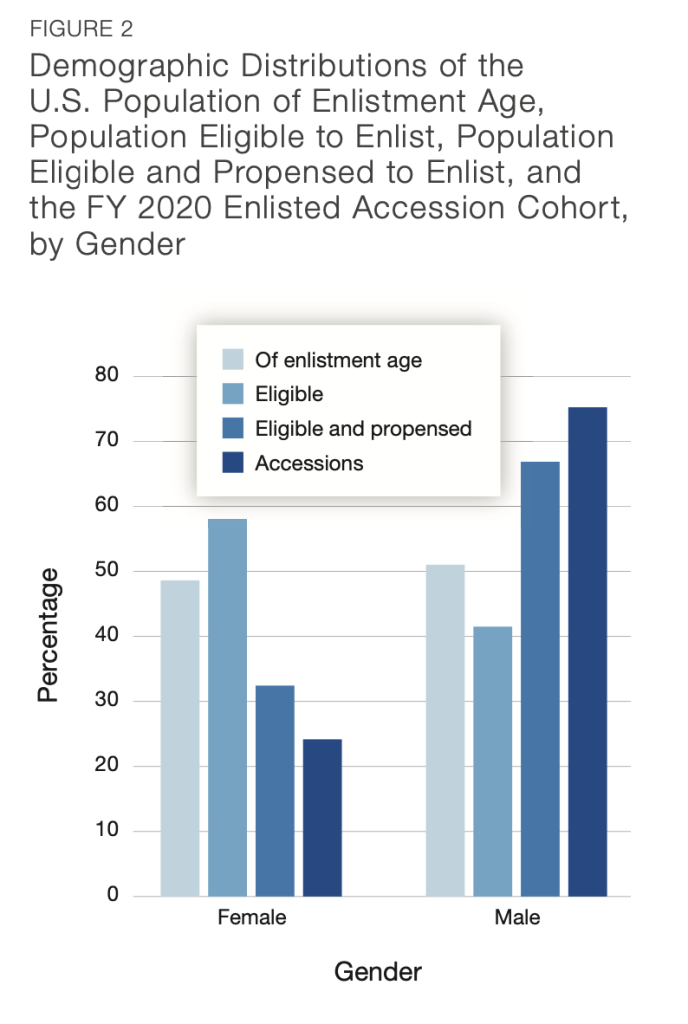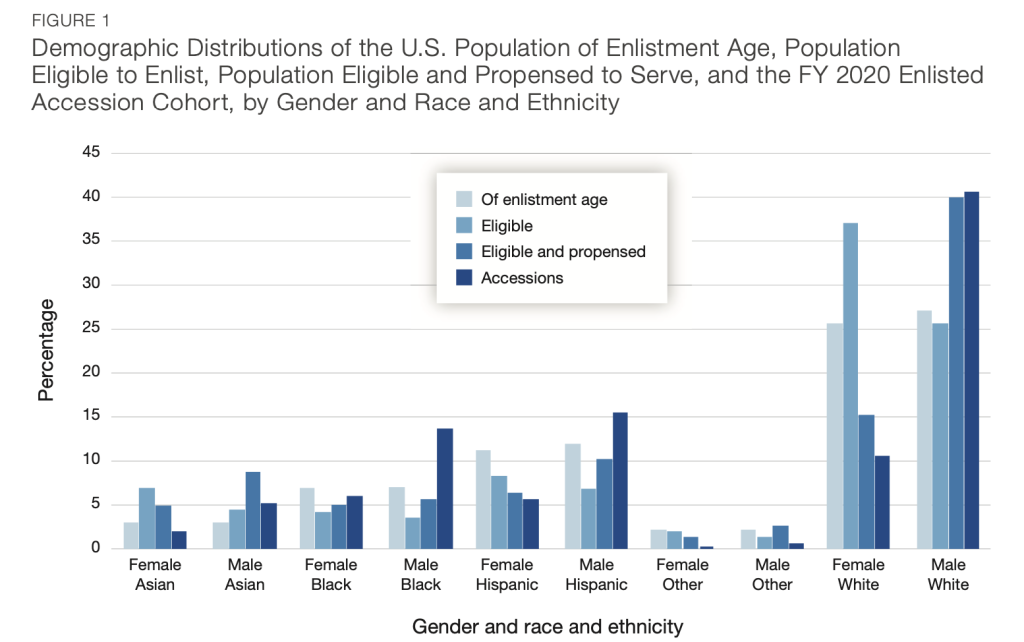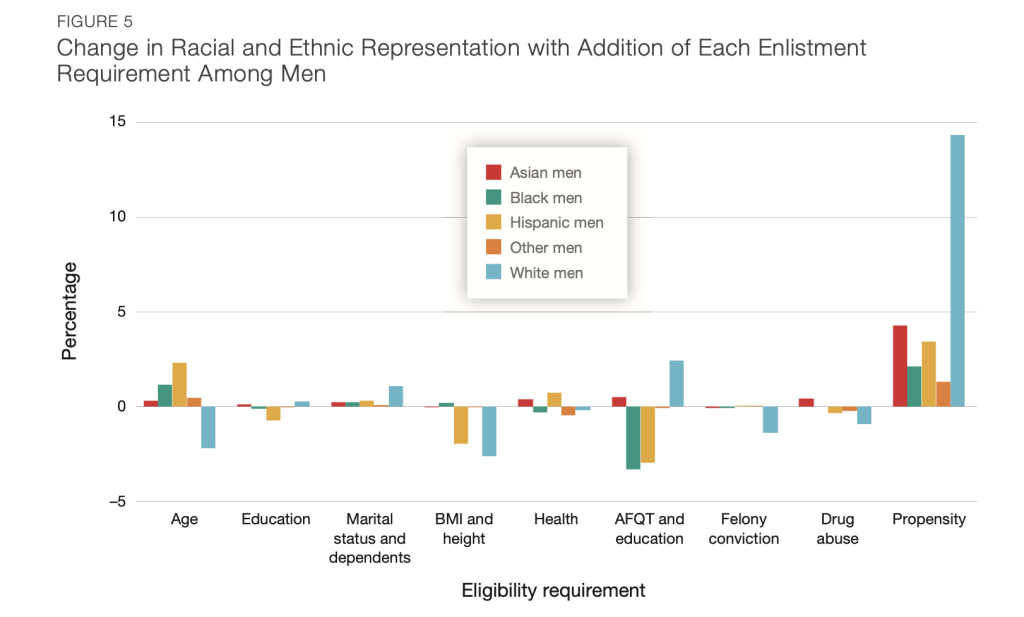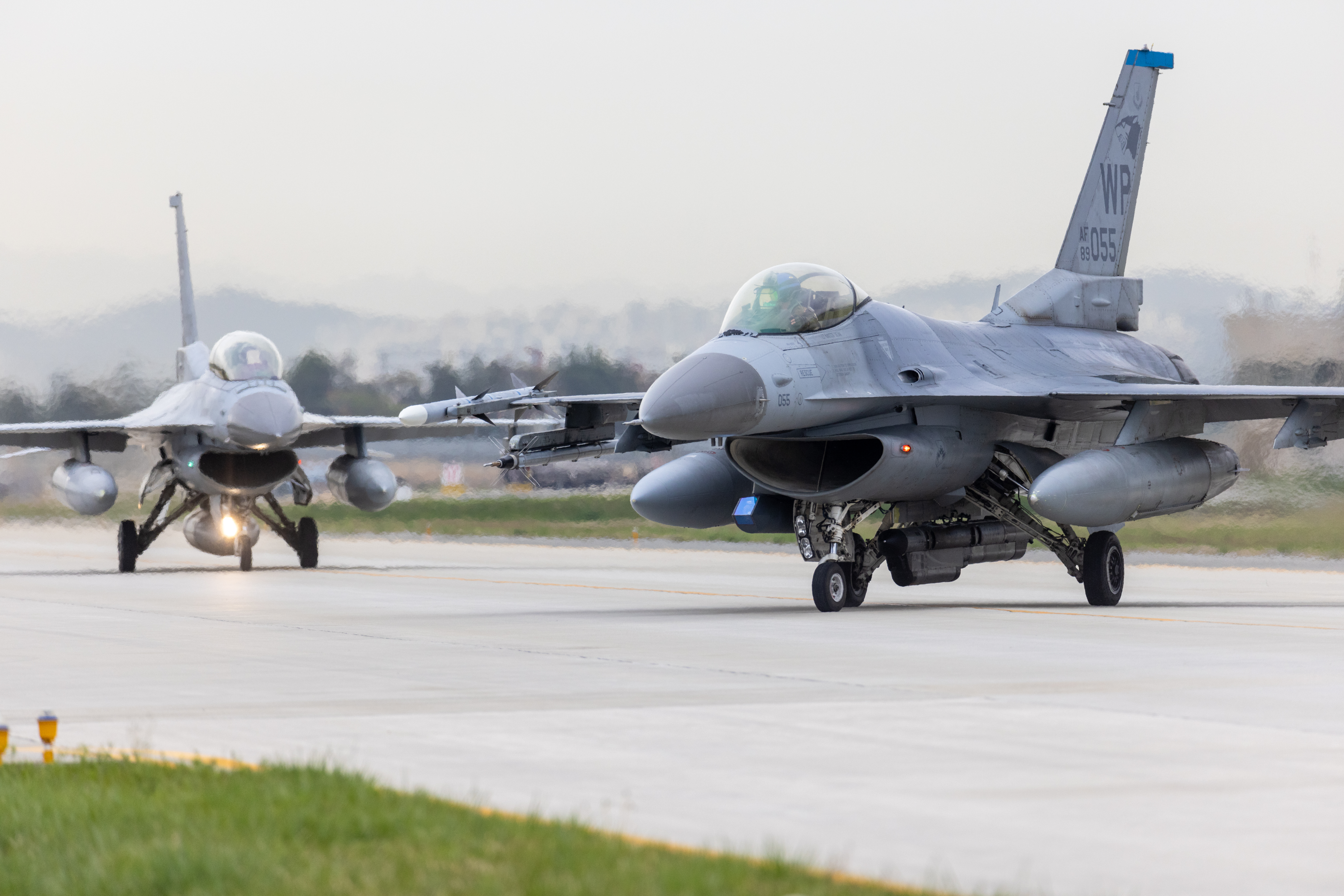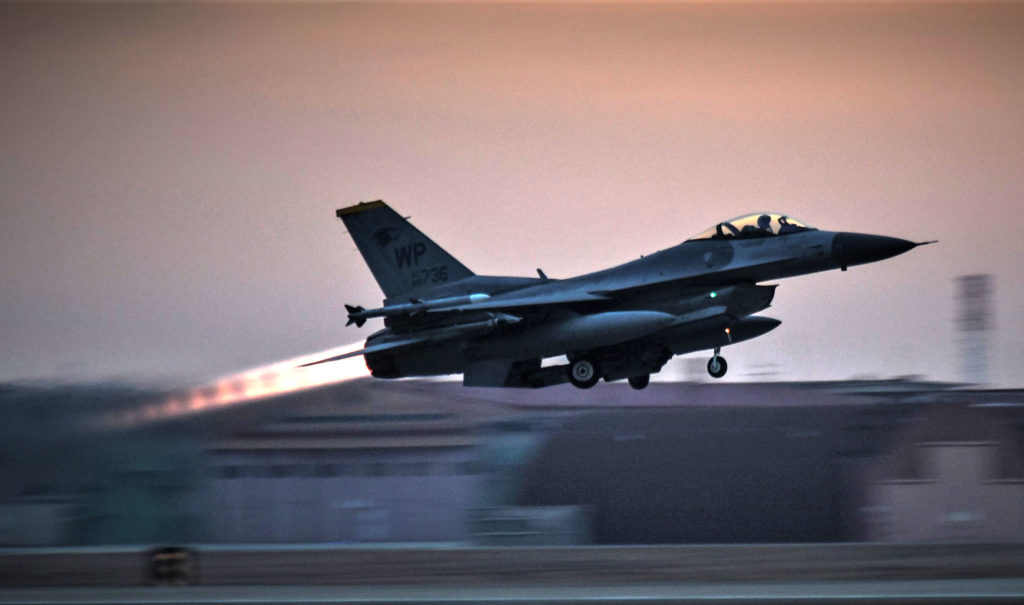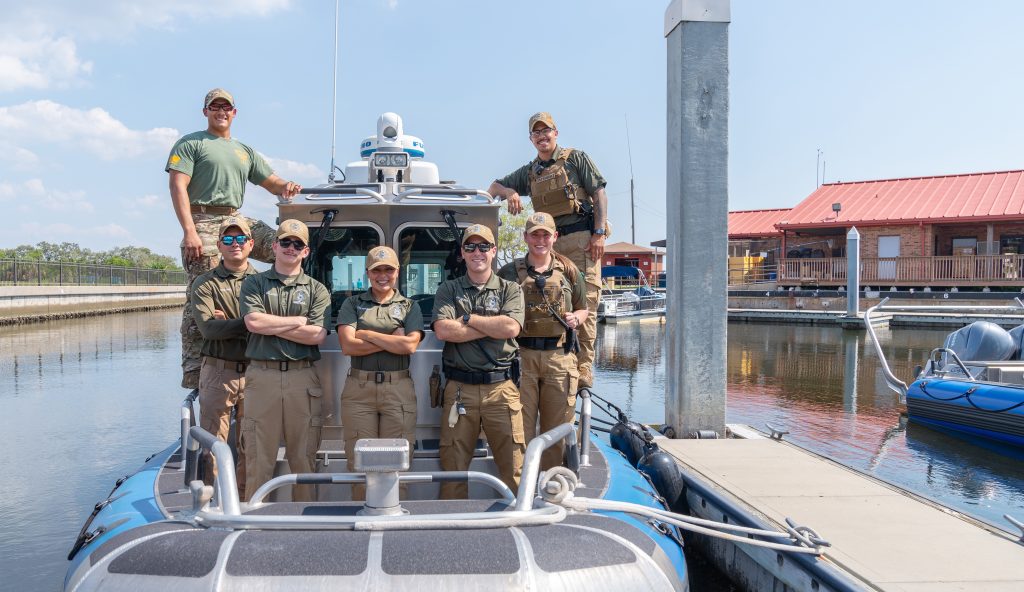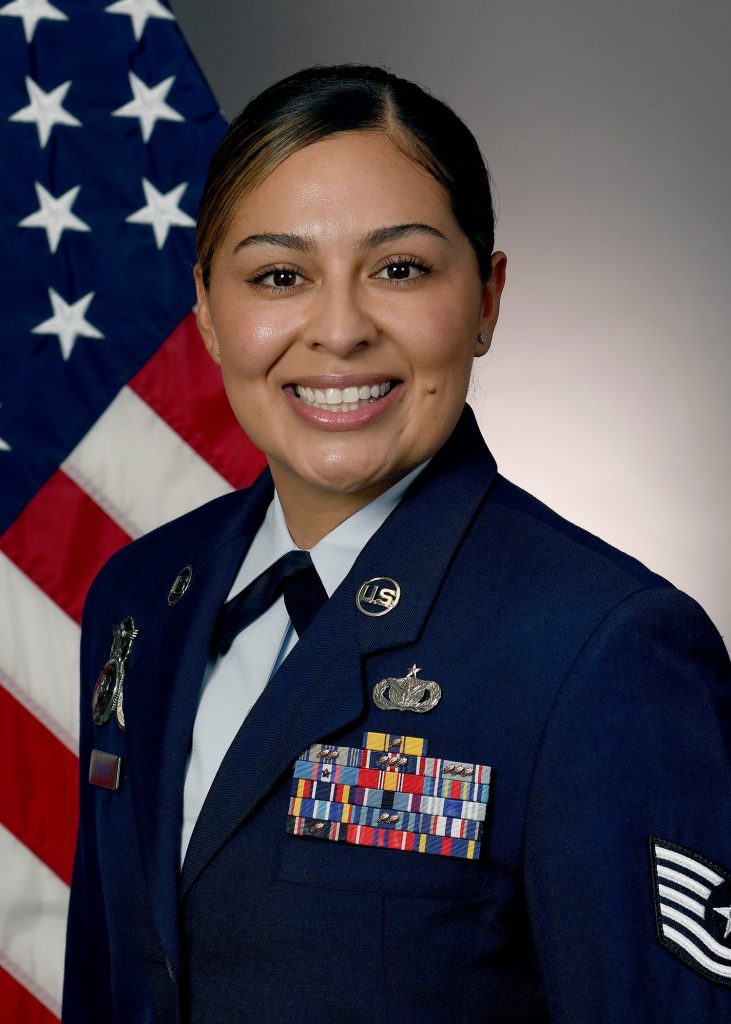The Air Force’s 12 Outstanding Airmen of the Year for 2023 will be formally recognized at AFA’s Air, Space & Cyber Conference from Sept. 11-13 in National Harbor, Md. Air & Space Forces Magazine is highlighting one each weekday from now until the conference begins. Today, we honor Tech. Sgt. Micaela R. Mahan, the Noncommissioned Officer in Charge of Military Justice, with the 7th Air Force, Office of the Staff Judge Advocate at Osan Air Base, Republic of Korea.
Before moving to Osan, Mahan was the NCOIC of Military Justice with the 78th Air Base Wing at Robins Air Force Base, Ga., where she worked for the fourth largest legal office in the Air Force, serving three wings and a major command.
As NCOIC, she led a nine-member team that advised commanders, first sergeants, and attorneys during legal cases on what disciplinary actions were warranted, everything from demotions and letters of reprimand to courts-martial and discharges. In 2022 she oversaw 65 criminal cases, 15 courts-martial, 266 adverse and administrative actions, and 18 discharges that passed through the office.
“We mainly handled a lot of sexual assault cases. That’s the bulk of our cases,” Mahan said.
During a courtroom renovation, Mahan filled in for the wing’s Chief of Military Justice as the law office’s superintendent to provide $64,000 of new communications and IT equipment and improving the office’s budget by 77 percent—all while the wing didn’t even have a functioning courtroom.
Taking on the mantle of leadership—and excelling beyond expectation—is part of Mahan’s M.O. She was the Wing Staff Agencies’ additional duty First Sergeant, providing weekend support for 190 personnel across 17 units. She said that her ability to succeed in these situations comes from a combination of hard work and good mentorship.
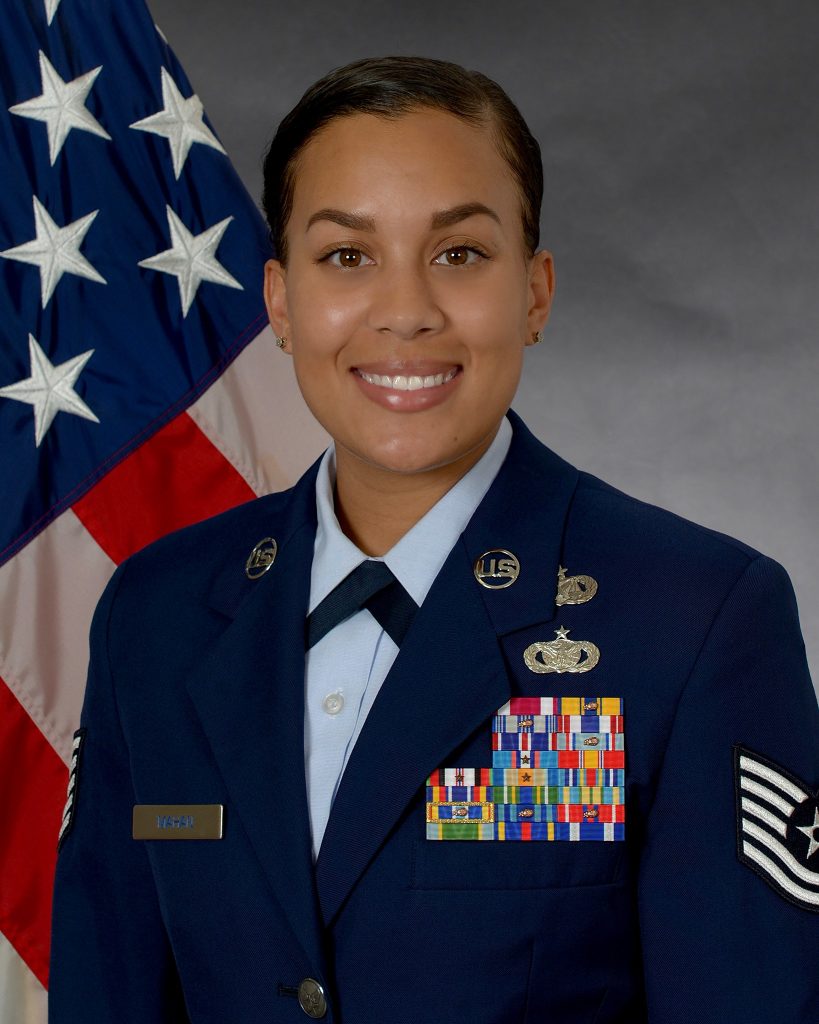
“[My mentors tell me], ‘oh, you’re gonna be a chief one day,” Mahan said. “Just having those mentors and supervisors that [believe] in me and tell me those kinds of things [has] also helped me realize the same thing—it’s motivated me to keep pushing throughout these years.”
Mahan has served in the Air Force since 2014, but she said she never won an award or recognition until 2022. By scoring high grades in 7-level school and serving as a volunteer coordinator among her peers, Mahan earned the Paralegal Craftsman Course Top Graduate award. She also received the NCO Academy’s Distinguished Graduate and Commandant’s award, all while completing her bachelor’s degree in investigative forensics with honors.
“Last year was the first year I even won a quarterly award or was ever put in for a yearly award,” she said. “To make it to this point for me was very shocking.”
Now an Outstanding Airman of the Year for 2023, Mahan hopes her perseverance throughout nearly a decade of service can serve as an example to other Airmen who might be doubting their impact on the Force.
“Never stop believing in yourself,” she said. “It took me nine years to even win a quarterly award. Had I given up prior to this … I would have never made it to this point.”
Meet the other Outstanding Airmen of the Year for 2023 below:


